The sessions have traditionally organized around three contents during them: heating, main part and Back to calm. Logically, the main part, is the one that has received the greatest attention from coaches, since it is where you try to achieve the maximum impact on the objectives of its customers.
In recent years, with the popularization of High intensity techniques and Training in functional circuits, warming is gaining greater importance not as a secondary part, if not as a training content that allows us to achieve two fundamental objectives (Fradkin et al., 2010):
a) Improve performance during the rest of the session.
b) Prevent injuries associated with high intensity techniques.
There are hundreds of possible combinations and strategies that can be implemented during warming, and in this blog aimed at coaches we would like to expose what ingredients the experts recommend, to structure a preparation of our main part where we get the most out of time.
A neuromuscular warming, for a session of Functional training or type crossfit, could have the following contents (Well, 2011; Herman et al., 2012)
1- Central stability and Core exercises, with neutral column positions preferably (eg front and side iron, buttock bridges, Press Pallof).
2- Strength and strength resistance with analytical exercises, focused on muscle groups or joints that tend to injure the main activity (eg shoulder marker exercises if you are going to perform many pressures or funds on the ground, exercises of exercises of hamstrings if you play sprint).
3- Dynamic equilibrium (eg combinations of monopodols proposals, or displacements where the support base is held such as walking by raising knees, or applying some unstable surface).
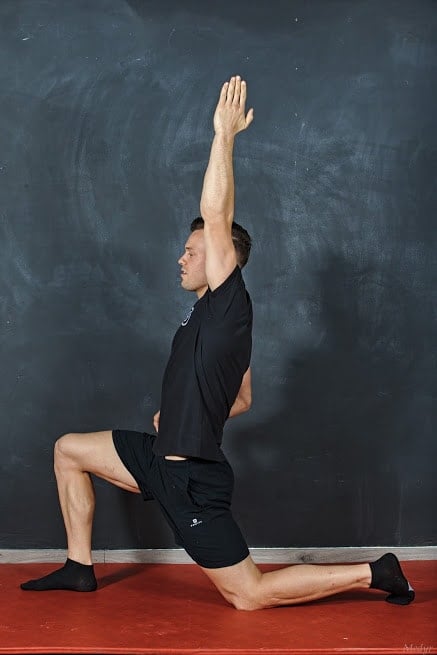
4- Pliometry and agility. Especially when it comes to performing some activity that implies rhythm changes or multidirectional displacements.
5- Dynamic flexibility. Active lonongation exercises with isometric activations and displacements, much more effective than passive stretching to improve the amplitude of movement and maintain muscle strength (eg variations of the classic greeting to the yoga sun).
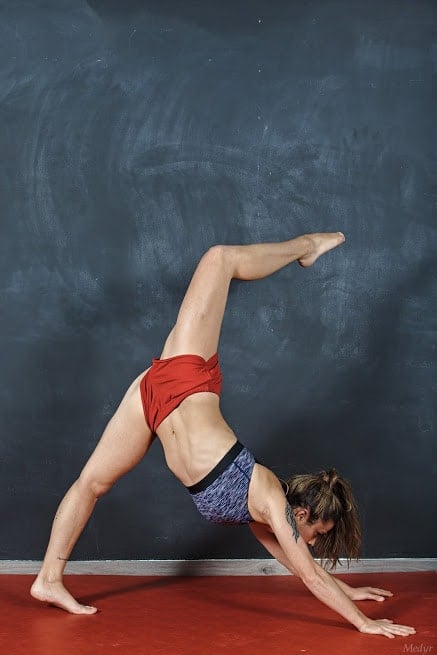
Well, D. P. (2011). Rationale and Implementation of Previous Cruciate Ligament Injury Prevention Warm-Up Programs in female athletes. The Journal of Strength & Conditioning Research, 25 (1), 271-285.
FRADKIN, A. J., ZAZRYN, T. R., & SMOLIGA, J. M. (2010). Effects of Warming-Up on Physical Performance: A Systematic Review with Meta-Analysis. The Journal of Strength & Conditioning Research, 24 (1), 140-148.
Herman, K., Barton, C., Malliaras, P., & Morrissey, D. (2012). The Effectiveness of Neuromuscular Warm-Up Strategies, That Require Non-Additional Equipment, For Preventing Lower Limb Injuries During Sports Participation: A Systematic Review. BMC Medicine, 10 (1), 75.
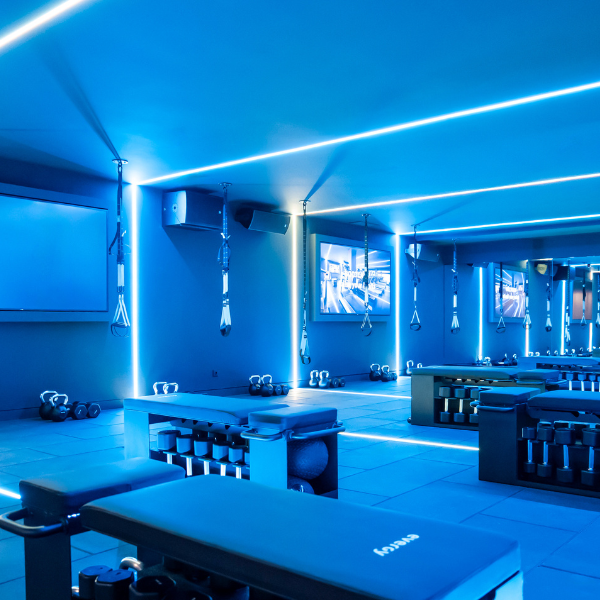
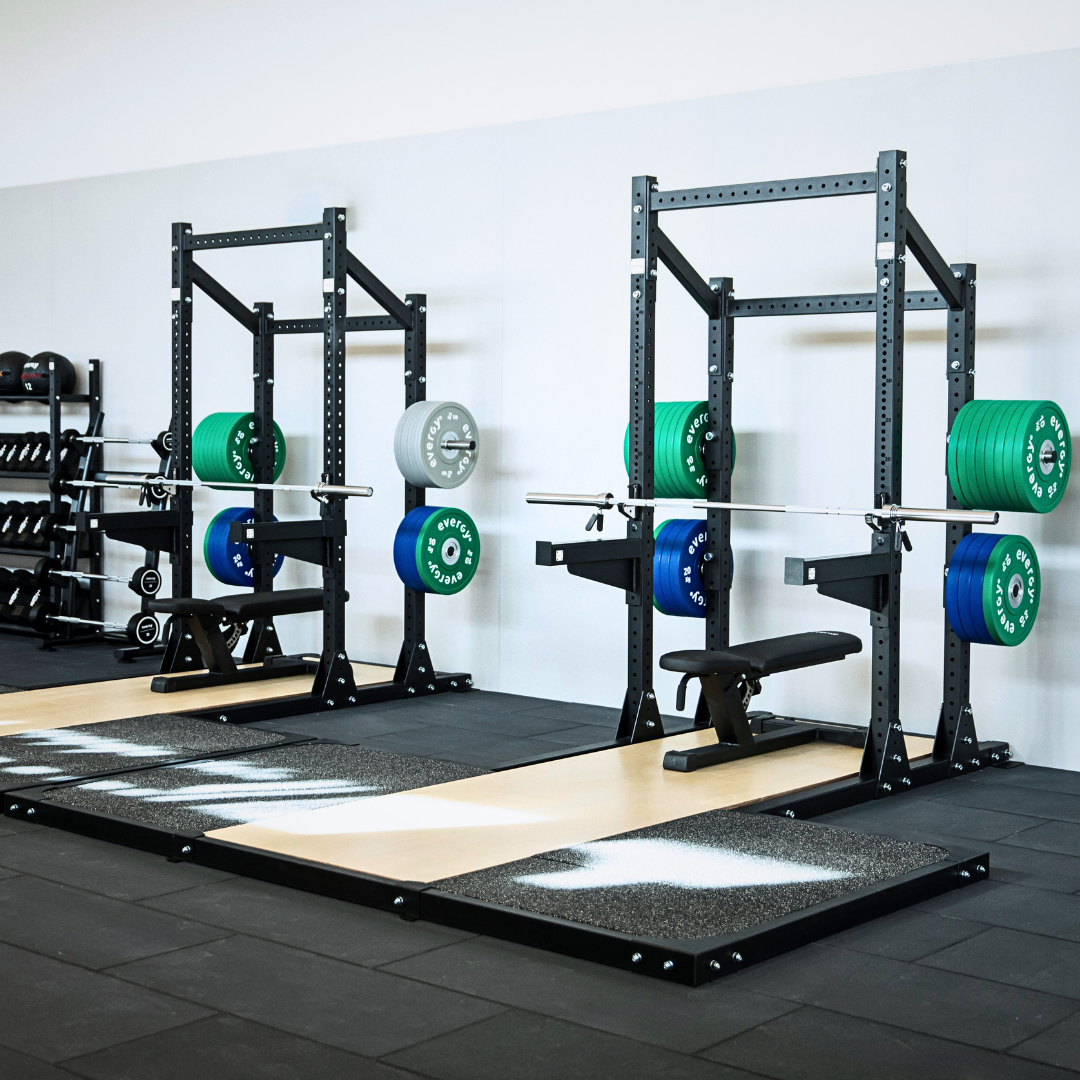
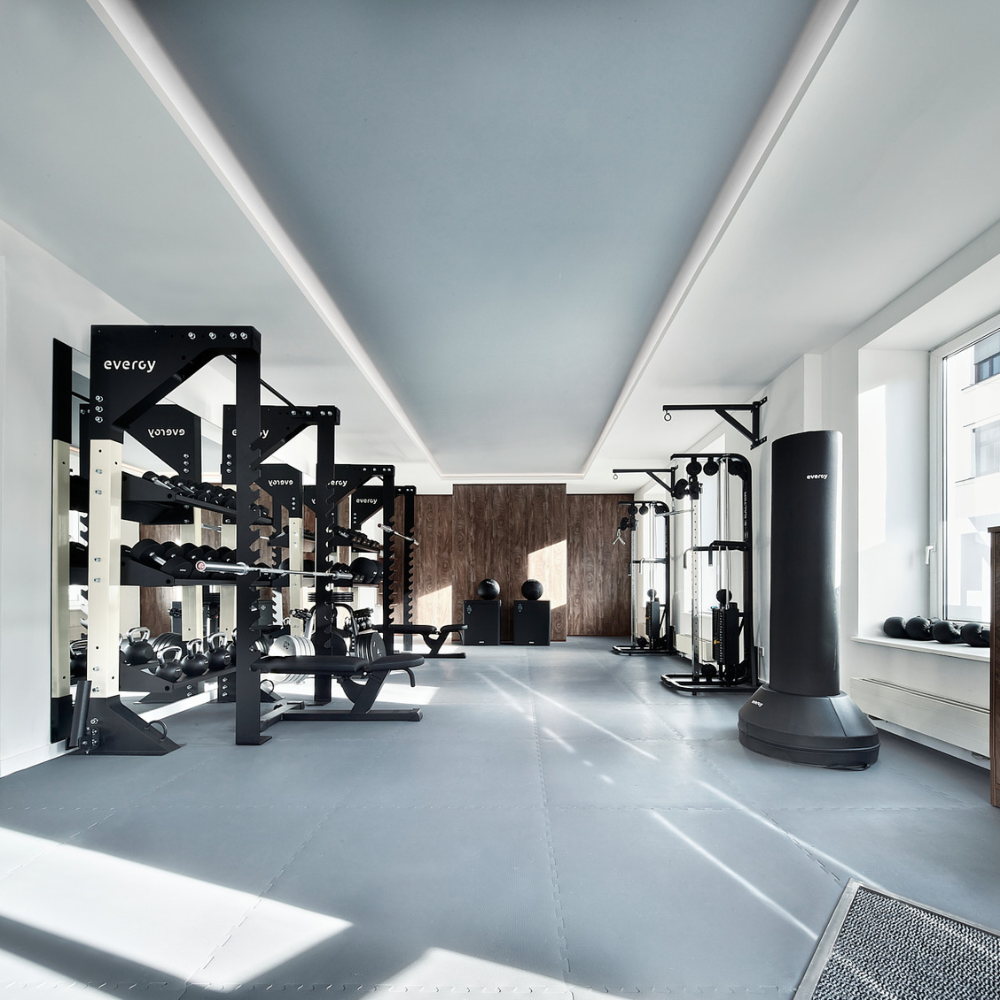
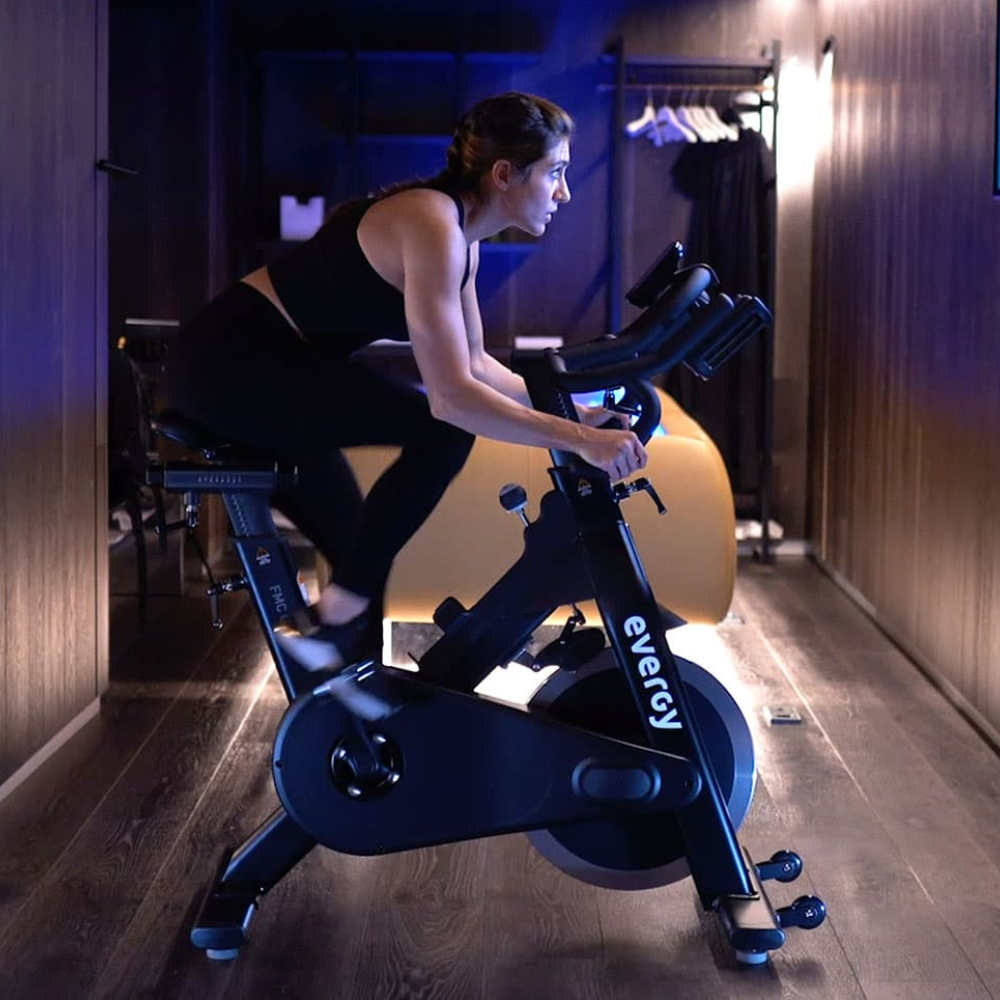
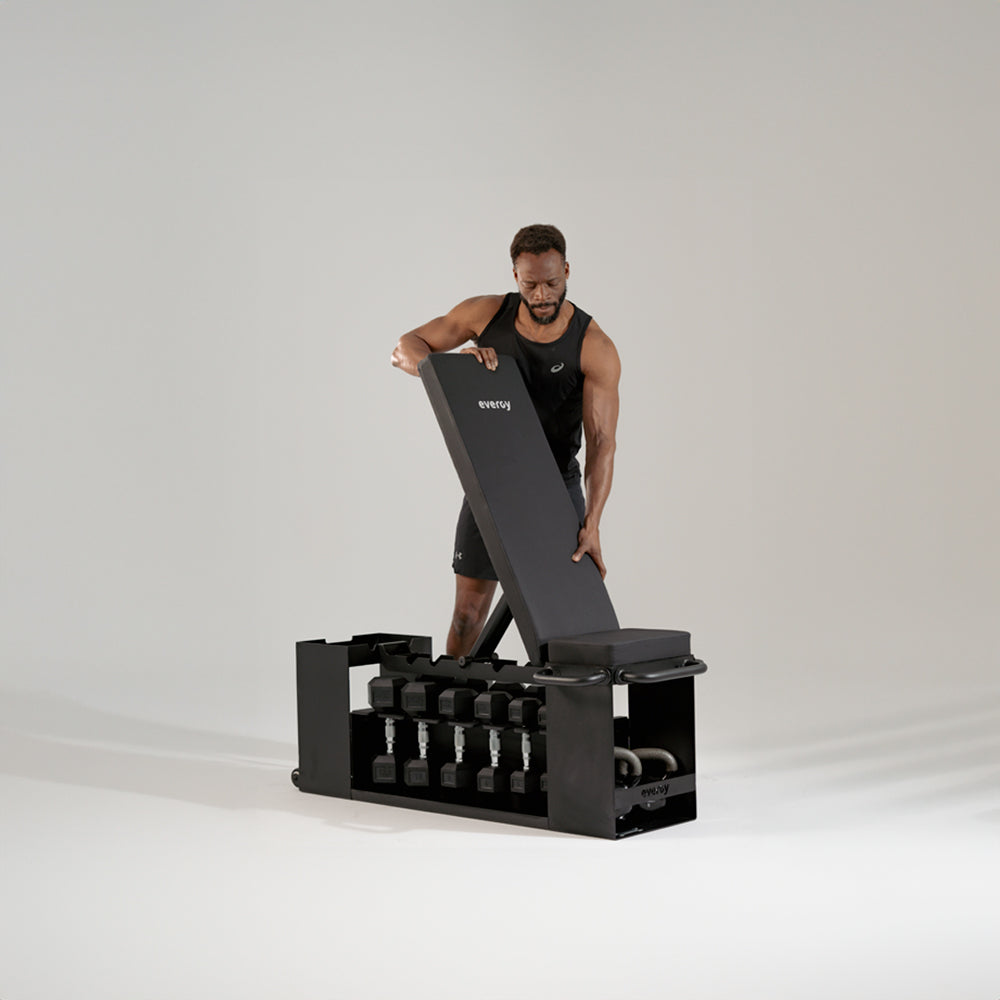
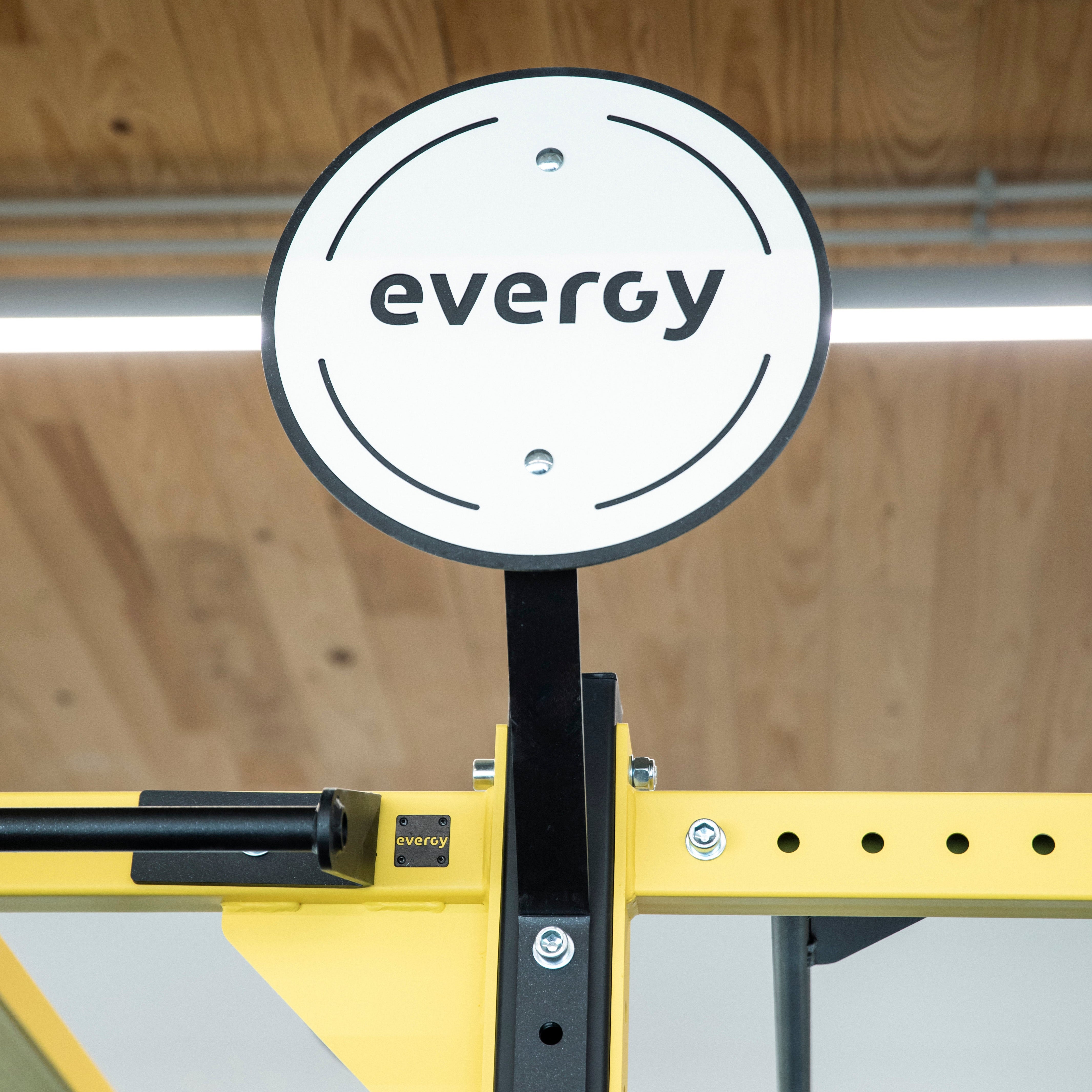
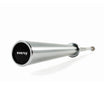
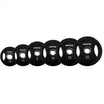
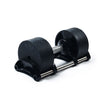
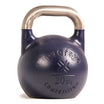
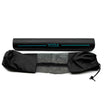
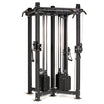
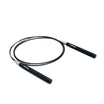

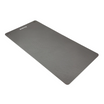
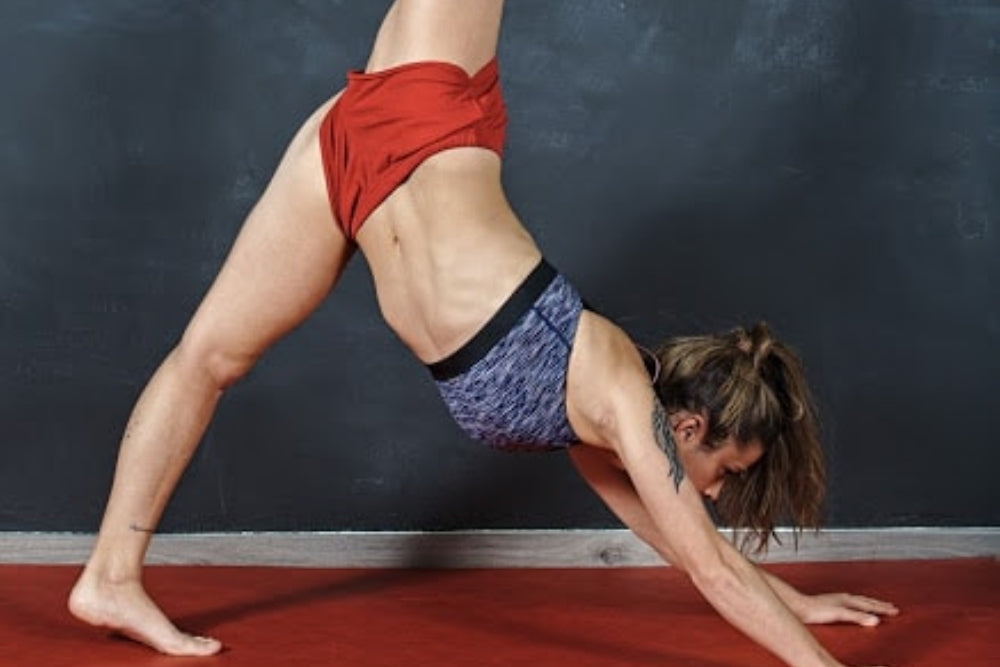

Leave a comment
All comments are reviewed before publication.
This site is protected by hCaptcha and the hCaptcha Privacy Policy and Terms of Service apply.